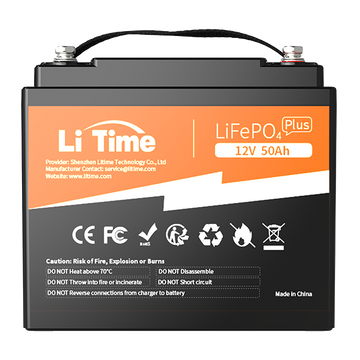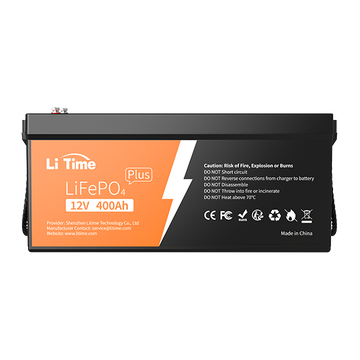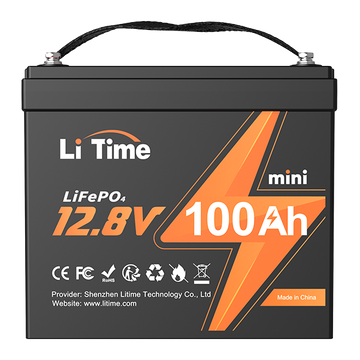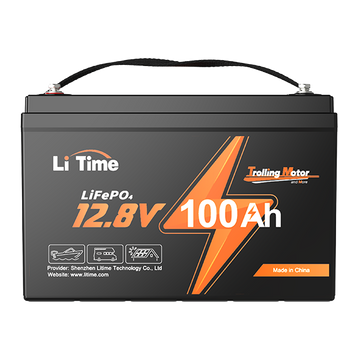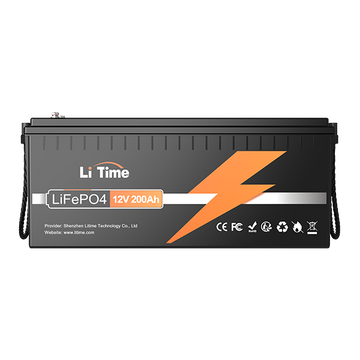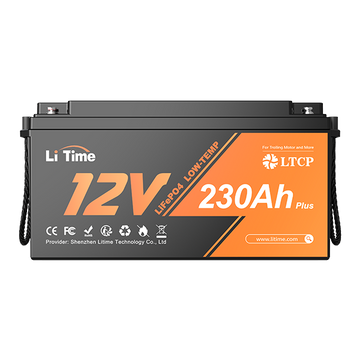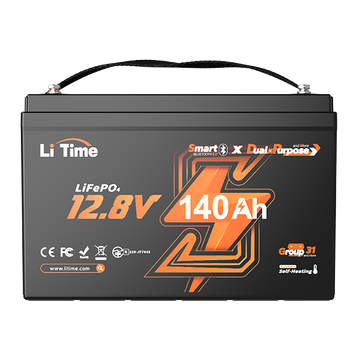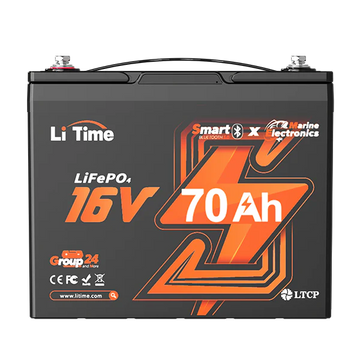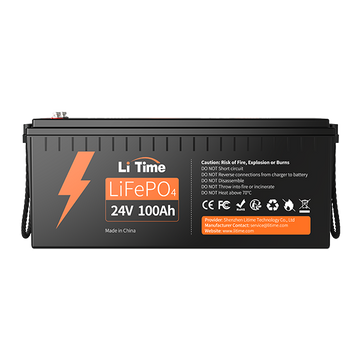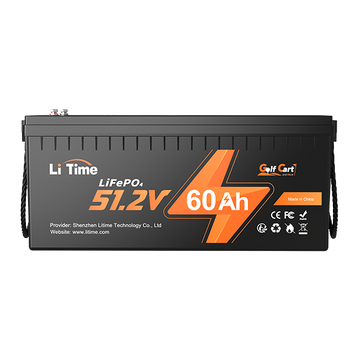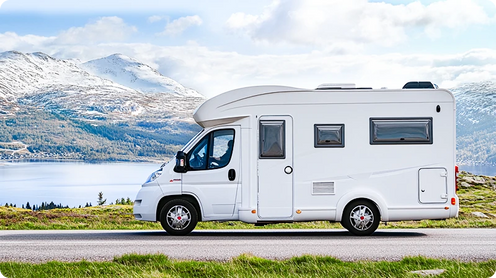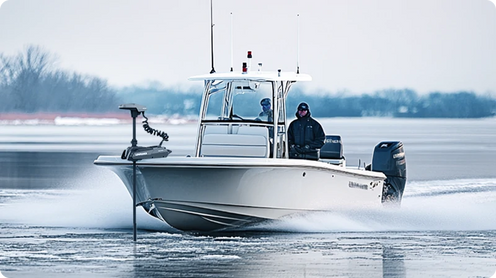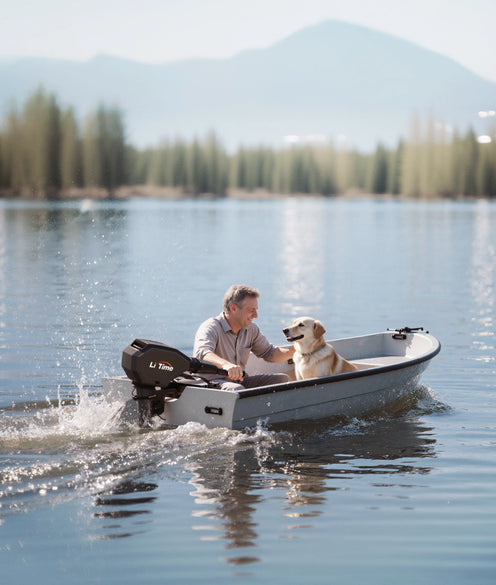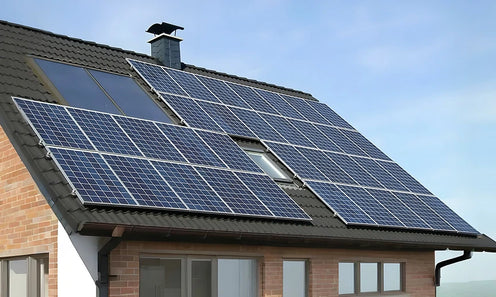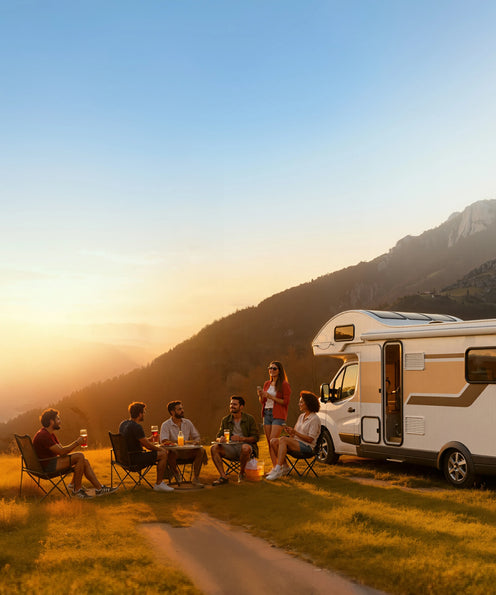As more Australians embrace off-grid travel and long-term caravan adventures, the demand for reliable, efficient, and lightweight power storage has soared. Traditional lead-acid batteries are gradually being replaced by advanced lithium technology — particularly LiFePO₄ batteries — known for their high performance and safety.
This guide explains everything you need to know about lithium caravans batteries, including their benefits, safety, regulations, and installation tips, helping you choose best lithium battery for caravan in Australia in 2025.
- Part1: What is a Lithium Caravan Battery?safe In Caravan?
- Part2: How to choose Best lithium Battery For Caravan?
- Part3: The Best lithium Battery For Caravan in Australia 2025
- Part4: Lithium battery caravan regulations Australia 2025
- Part5: How to install Lithium Caravan Battery?Step By Step
- FAQS
- Conclution
Part1: What is a Lithium Caravan Battery?safe In Caravan?
With the basics covered—what caravan lithium batteries are, why they’re worth it, and how to use them safely—we can move from “why” to “how.”
1.1 Lithium caravan battery
A lithium battery for caravan use is a deep-cycle rechargeable battery that powers 12V or 24V systems such as lighting, fridges, water pumps, and inverters. Unlike lead-acid batteries, lithium batteries offer higher energy density, faster charging, and a much longer lifespan — often up to 10 years or more.

Most caravan systems today use LiFePO₄ batteries which are stable, lightweight, and resistant to overheating.This chemistry has become the preferred choice for recreational vehicles due to its combination of safety and performance.
1.2 Are lithium batteries on caravans worth it?
comparison of LiFePO₄ lithium vs AGM vs Gel (for caravan / RV / off-grid use):
| Feature | LiFePO₄ Lithium | AGM (Absorbent Glass Mat) | Gel (Gel Lead-acid) |
|---|---|---|---|
| Chemistry | Lithium iron phosphate cells | Sealed lead-acid, electrolyte absorbed in glass mat | Sealed lead-acid, electrolyte in gel form |
| Typical usable DoD | ~80–90% of capacity safely | ~50% recommended for good life | ~50–60% recommended |
| Cycle life (approx.) | ~2,000–6,000+ cycles (at moderate DoD) | ~500–1,000 cycles | ~700–1,500 cycles |
| Weight (for same Ah) | Lightest | Heavier | Similar to AGM or slightly heavier |
| Energy density | Highest (best Wh/kg) | Lower | Lower |
| Charge efficiency | Very high (≈95%+), fast charging | Lower efficiency, slower charging | Lower efficiency, slower charging |
| Self-discharge | Very low | Moderate | Moderate–low |
| Maintenance | No maintenance; inbuilt BMS for protection | Maintenance-free (sealed), but still lead-acid | Maintenance-free (sealed) |
| Vibration resistance | Very good (solid cells + BMS) | Good (plates immobilised in mat) | Good (gelled electrolyte) |
| Temperature behaviour | Good in heat; must protect from charging when very cold (<0 °C unless special model) | Performance drops in heat; can sulfate if stored discharged | Slightly better deep-cycle performance than AGM; still affected by temp |
| Safety | Very stable chemistry; BMS adds protection | Mature tech; venting required if over-charged | Mature tech; also can vent if abused |
| Installation position | Flexible orientation (within manufacturer limits) | Can usually be mounted in various orientations | Also flexible orientation |
| Up-front cost | Highest initial cost | Lower | Often slightly more than AGM, less than lithium |
| Cost per cycle / long-term value | Usually best (long life, high usable capacity) | Higher cost per cycle (shorter life, less usable capacity) | In-between AGM and lithium |
| Best use cases | Serious off-grid, weight-sensitive caravans, frequent cycling | Budget builds, occasional off-grid, shorter stays | Deep-cycle lead-acid where lithium is not an option, moderate off-grid |
Absolutely. While lithium batteries cost more upfront, their long-term advantages make them a smart investment for frequent travellers.lithium options:
- Deliver twice the usable capacity for the same amp-hour rating.
- Weigh about 50% less, improving fuel efficiency and load balance.
- Offer faster recharging from solar or DC-DC chargers.
- Maintain voltage stability, ensuring appliances run efficiently.
- ......
When you calculate their lifespan and performance, lithium batteries often prove more economical over time.
1.3 Lithium battery for caravan is safe?
When correctly installed and compliant with Australian standards, lithium batteries are very safe. Modern LiFePO₄ batteries include an integrated Battery Management System (BMS) that protects against overcharging, deep discharge, short circuits, and temperature extremes.
However, improper installation can pose risks. To remain compliant, caravan owners must follow AS/NZS 3001.2:2022, which requires sealed enclosures or external mounting if the battery is inside a habitable space. Using certified products with IEC 62619 compliance further ensures safety.
Part2: How to Choose Best lithium Battery For Caravan?
| Usage Level / Type | Common System Voltage | Typical Battery Capacity (Total Ah) | Suitable Scenarios |
|---|---|---|---|
| Light Use (Weekend Trips) | 12V DC | 80–120Ah | Occasional trips; mainly lights, water pump, phone charging; fridge used for short periods |
| Moderate Use (2–3 Days Camping) | 12V DC | 120–200Ah | 12V fridge, lights, pump, fans, some laptop/TV use; moderate off-grid stays |
| Heavy Use (Multi-day Off-grid) | 12V DC | 200–300Ah | Fridge running 24/7, fans/heater, TV/laptop; frequent off-grid use |
| High Consumption / Family Travel | 12V or 24V DC | 300–400Ah (or more) | Family trips, long off-grid stays, inverter powering microwave/coffee machine |
| Large RV / Off-road Power Systems | 24V DC (48V rare) | 400–800Ah (12V equivalent) | Professional builds, heavy loads, long cable runs; high voltage reduces current loss |
Selecting the right lithium battery depends on your travel style and energy needs. Consider the following factors:
- Capacity (Ah): A 100Ah battery suits weekend trips; long-term travellers may need 200Ah or more.
- Voltage Compatibility: Ensure it matches your caravan’s electrical system (typically 12V).
- Build Quality & Certification: Choose brands that meet IEC 62619 and have strong BMS protection.
- Temperature Tolerance: Check for performance in extreme heat or cold, especially for outback travel.
- Warranty & Support: Opt for reputable manufacturers offering at least a 5-year warranty.
Part3: The Best lithium Battery For Caravan in Australia 2025

LiTime lithium caravan batteries (LiFePO₄) — purpose-built for RV/camping in Australia with the right mix of safety, durability, and smart features.
| Key Spec | LiTime 12V 100Ah LiFePO₄ | LiTime 12V 200Ah LiFePO₄ | LiTime 12V 280Ah Plus LiFePO₄ (Low-Temp Cut-off) | LiTime 12V 400Ah LiFePO₄ |
|---|---|---|---|---|
| Nominal Voltage | 12.8V | 12.8V | 12.8V | 12.8V |
| Rated Capacity | 100Ah | 200Ah | 280Ah | 400Ah |
| Energy | 1280Wh | 2560Wh | 3584Wh | 5120Wh |
| Low-Temperature Charging Protection | N/A | N/A | Yes (cut-off at 0°C / 32°F; auto recovery at 5°C / 41°F) | N/A |
| Approx. Weight | 10.9kg | 19.9kg | 26.85kg | 37.5kg |
| Size (L × W × H) | 32.9 × 17.2 × 21.4 cm (Group 31 equivalent) | 53.2 × 20.7 × 21.5 cm | 52.2 × 24 × 21.8 cm | 52 × 26.9 × 22 cm |
Why choose LiTime for your caravan
- Built for RV use: The RV/Camping collection spans 12V 50–400Ah and 24V 100–200Ah packs, so you can size for weekenders or heavy off-grid setups. Many models are IP65 water/dust-resistant, with optional Bluetooth and low-temperature protections ideal for Aussie touring.
- Long life, high safety: Core models (e.g., 12V 100Ah/200Ah/200Ah Plus) use EV-grade LiFePO₄ cells with built-in BMS and deliver ~4000+ cycles (at 100% DoD) for a decade-scale lifespan—far outlasting lead-acid.
- High current for inverters: The 200Ah Plus integrates a 200A BMS for big loads (microwave/induction + 2kW inverter), giving strong surge handling and stable output.
- Cold-weather ready: The 230Ah Plus features low-temp cut-off (charges stop below 0 °C, discharge protection below −20 °C) to protect your pack in alpine conditions.
- Easy to buy & own in AU: LiTime AU highlights free standard shipping and 30-day free returns on key RV batteries; full limited warranty policy is published for transparency.
Part4: Lithium battery caravan regulations Australia 2025
The key regulation governing lithium battery installations in caravans and RVs is:AS/NZS 3001.2:2022 – “Electrical installations — Connectable electrical installations and supply arrangements.”
As of 18 November 2023, Australia enforces the AS/NZS 3001.2:2022 standard for caravan electrical systems. It applies to caravans, camper trailers, motorhomes, and slide-on campers that can connect to an external 230/240 V power supply. It mandates that:
- Certified Batteries: All components, including BMS and charger, must comply with IEC 62619 (or the Australian equivalent AS/IEC 62619) safety standard.
- Location and Ventilation: Lithium batteries inside living areas must be in a sealed, ventilated enclosure. The preferred installation is external — for example, under the chassis, in an external locker, or toolbox area separated from the cabin air space.
- Mounting and Environmental Protection: must be securely fixed to withstand vibration, bumps, and sudden movement while driving, must be protected from water, dust, physical impact, and excessive heat or cold.
- Electrical Safety and Monitoring: A battery status display or monitoring system (voltage, charge level, temperature, etc.) should be available and accessible to the user.
These rules protect users from risks such as thermal runaway and electrical faults. If your system was installed before 2023, retrofitting isn’t mandatory unless modified, but upgrades must comply with the new standard.
Part5: How to install Lithium Caravan Battery?Step By Step
Before diving in, gather the right gear, plan a safe layout, and follow a clean wiring sequence. The sections below cover tools, step-by-step install, charger settings, final checks, and Australian compliance.
What you need
- LiFePO₄ battery (with BMS, IEC/AS 62619), tray/box
- Main fuse (Class-T/MEGA), isolator, pos/neg busbars, smart shunt
- Chargers with lithium profile: AC, DC-DC, MPPT (+ solar if used)
- Tinned-copper cables & lugs, heat-shrink, conduit, grommets, labels
- Tools: crimper, cable cutter, heat gun, torque wrench, multimeter, drill/fasteners
Steps
- Power down: remove shore power, pull fuses; disconnect – first, then +.
- Mount battery outside living space or sealed & vented enclosure.
- Wire negative: Battery (–) → shunt → (–) busbar; all returns to busbar.
- Wire positive: Battery (+) → main fuse (≤20 cm) → isolator → (+) busbar.
- Add branches (each fused): AC charger, DC-DC, MPPT (battery first, then panels), inverter (short/heavy cables + Class-T fuse).
- Program chargers: Bulk/Abs 14.2–14.6 V, Abs time 10–30 min, Float 13.4–13.6 V or Off, Equalize Off.
- Power-up: insert main fuse → isolator ON → enable branches one-by-one.
Quick checks
- Polarity OK, lugs torqued, no hot spots/noise on load.
- Cable sizes match current (e.g., 2000 W @12 V ≈ 167 A → Class-T 200–250 A, 50 mm² cable).
- Labels, photos, settings saved.
- In Australia: any 240 V by a licensed electrician; follow AS/NZS 3001.2:2022.
FAQS about lithium battery for caravan
Q1 Can I replace my caravan battery with a lithium battery?
Yes. In most cases, lithium batteries can replace AGM or Gel batteries. However, ensure your charger, DC-DC converter, and solar regulator support lithium charging profiles. Minor wiring adjustments may be necessary.
Q2 What is the problem with lithium batteries in caravans?
The main issues arise from poor installation — such as placing the battery in unventilated spaces or using incompatible chargers. Non-compliant or low-quality batteries without proper BMS protection can also pose safety risks.
Q3 How long does a lithium battery last in a caravan?
A high-quality LiFePO₄ battery typically lasts 8–15 years or around 3,000–5,000 cycles, depending on usage and maintenance. That’s about four times the lifespan of a traditional lead-acid battery.
Conclution
Lithium batteries have revolutionized caravan power systems across Australia, offering superior performance, safety, and efficiency. When installed correctly and in line with AS/NZS 3001.2:2022, they provide years of reliable off-grid energy with minimal maintenance.
Whether you’re planning short getaways or cross-country journeys, choosing LiTime lithium battery and following the right installation practices will keep your caravan powered — safely, legally, and sustainably for many adventures ahead.
